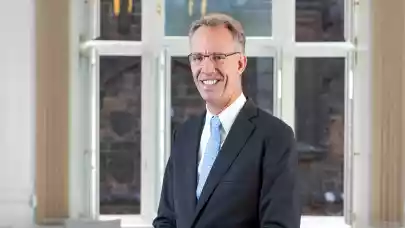
As CEE moves into a new phase of the real estate cycle, transaction structures, investor behaviour, and regulatory expectations are shifting at pace. Cross-border capital is gradually returning, domestic investors are taking a stronger role, and ESG-driven obligations are reshaping how deals are structured and executed. Against this backdrop, Dr. Erwin Hanslik MRICS, Partner and CEE Head of Real Estate & Construction at Taylor Wessing, shares his perspective on the most important legal, regulatory and market developments influencing real-estate transactions today.
From your vantage point across CEE, what are the most significant shifts you’ve seen in the real estate transaction landscape over the past 12 months?
As I see it, there is a strong sense that investment activity has picked up again in Central and Eastern Europe over the past year. Capital has begun to flow back into the commercial real estate market, particularly into industrial, hospitality, and retail park sectors, which investors perceive as more stable or more promising than more traditional office projects, which face challenges related to the spread of hybrid work arrangements.
In parallel, homegrown capital keeps playing a bigger role, while at the same time, there is a broader mix of investment entities. We see this as a trend that’s bringing greater stability, higher competition, and longer-term sustainability to the market.
Partner and CEE Head of Real Estate
Taylor Wessing Czech Republic




